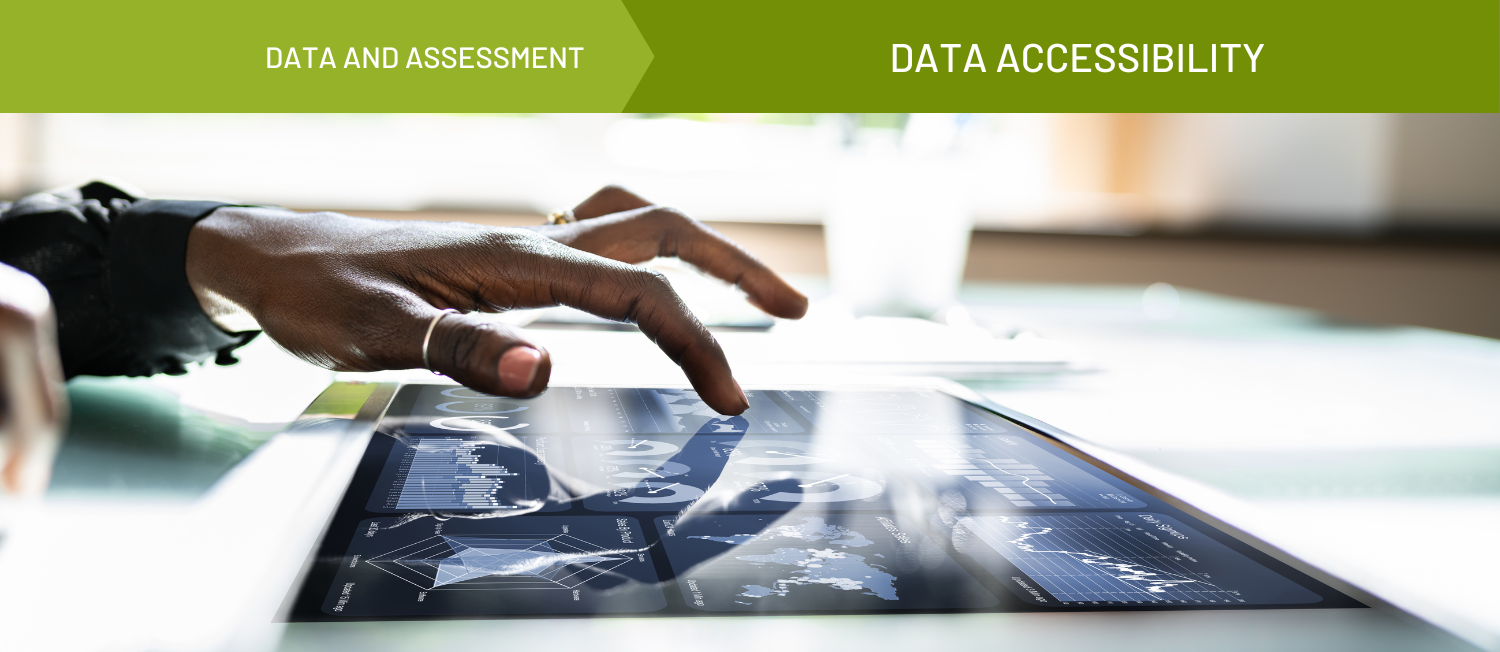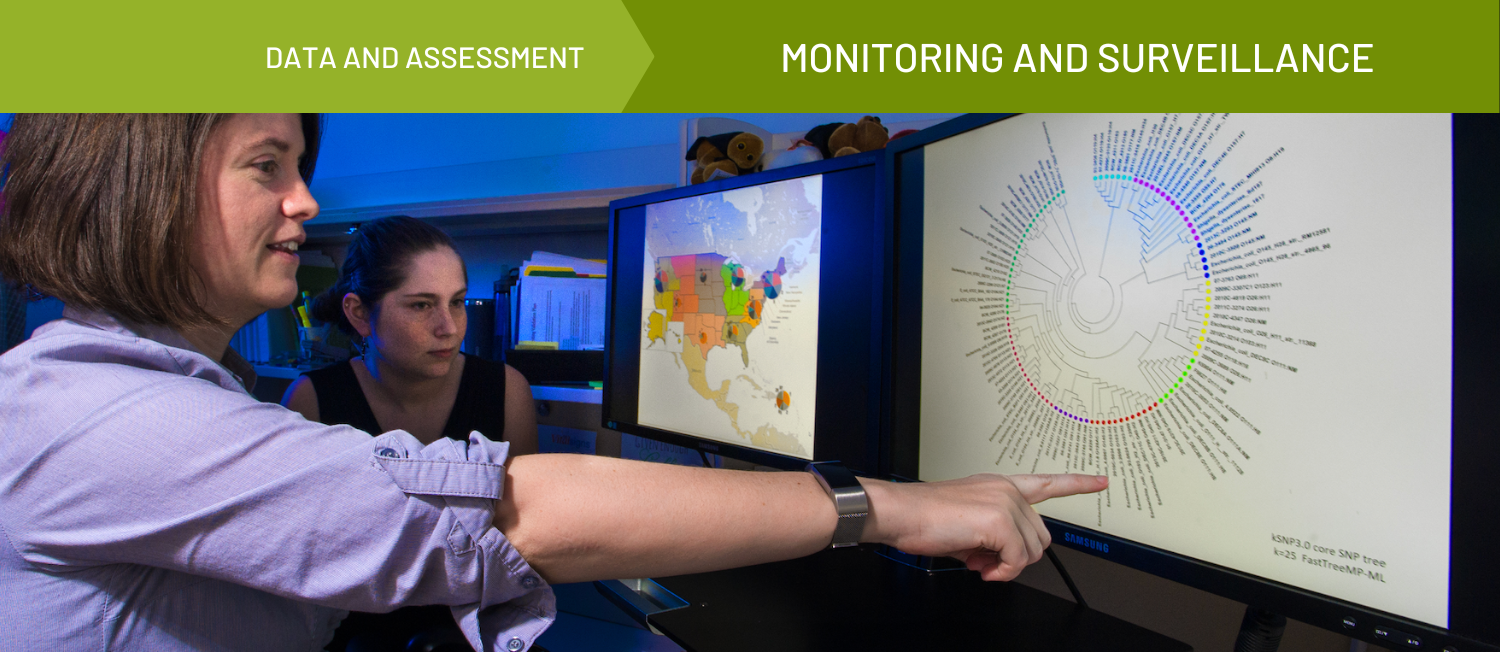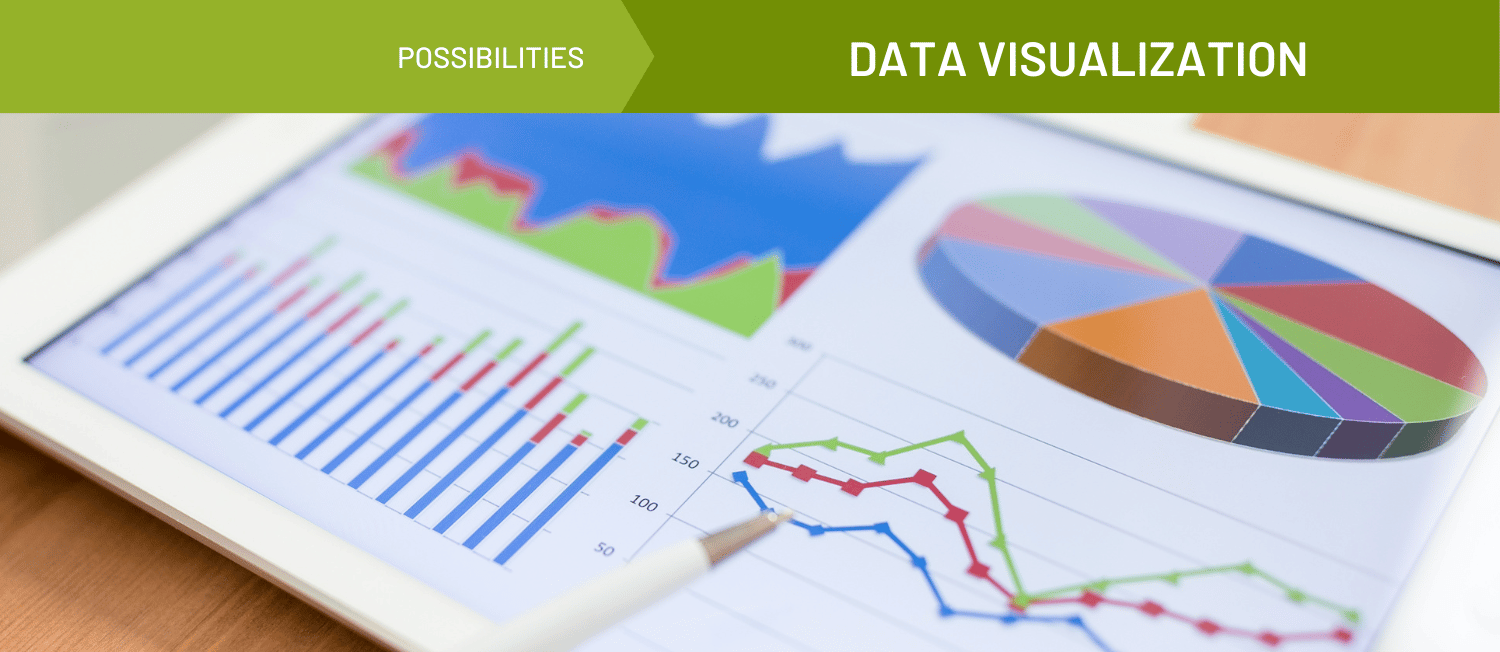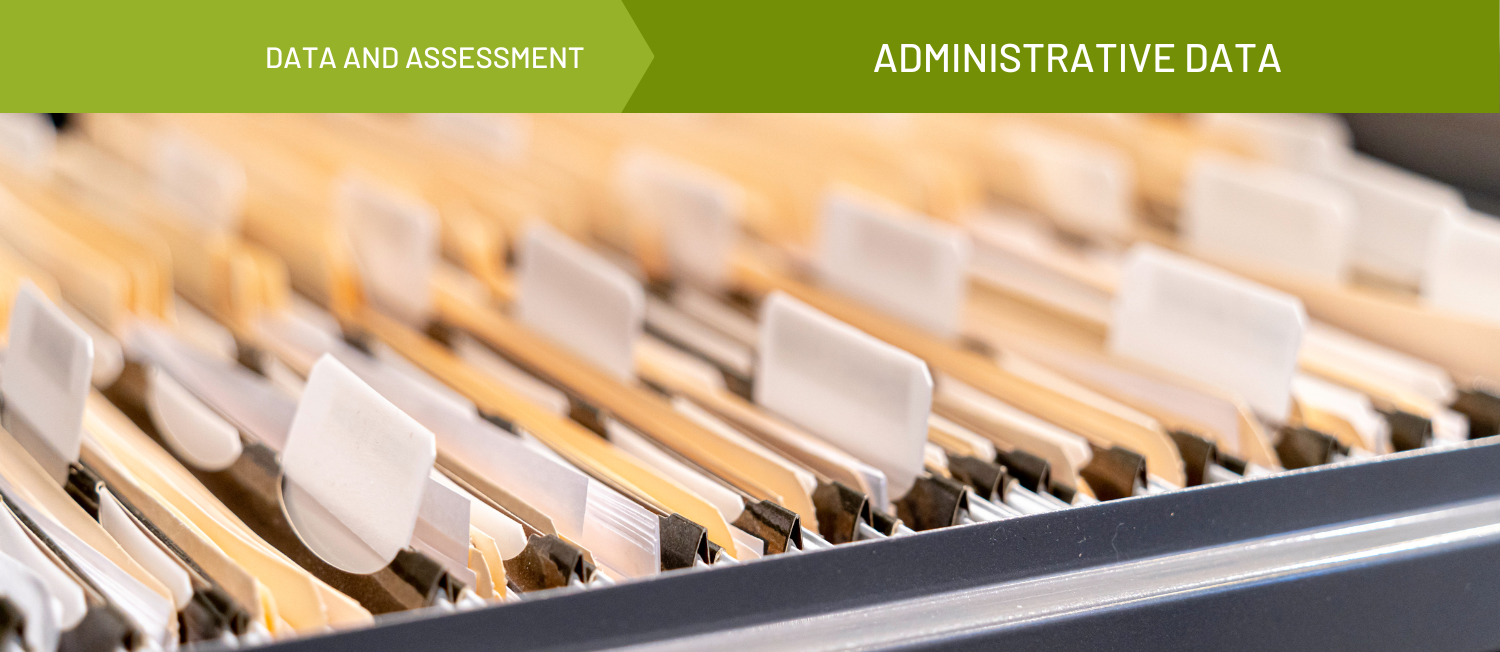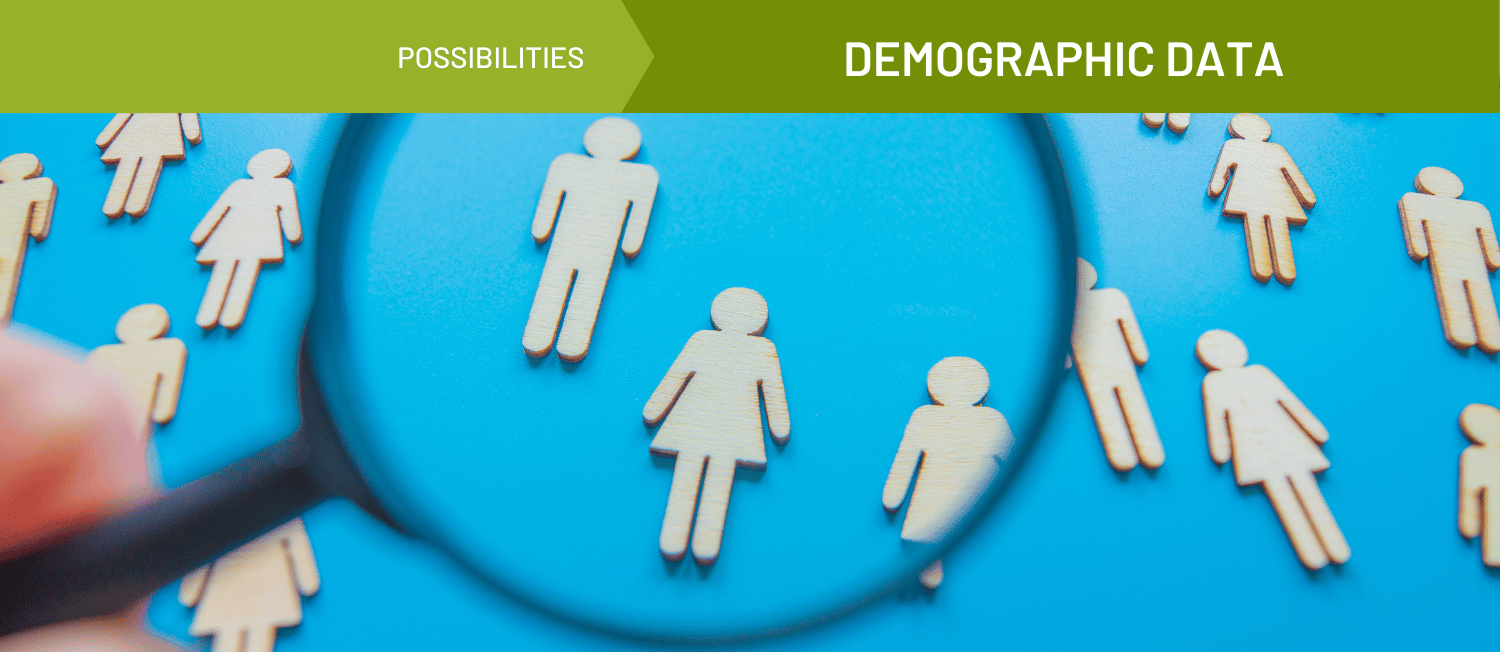Geospatial Data
Place matters— the impact of our geographic location on our health and well-being is significant. Analyzing data through a geographic lens—data that describe a given geographic area—not only adds crucial context for those working to advance equitable well-being but also facilitates action planning that is informed and anchored in place.
Geospatial data refers to location-based data, which are often displayed on a map, but can be used in many ways and facilitates geographic and location-based analyses. Geospatial data enables communities to understand existing conditions, identify inequities in their neighborhoods, and leverage assets and strategic investments to advance equitable well-being. By visualizing data patterns and trends, decision-makers can allocate resources and design interventions more effectively.
Examples of geospatial data include:
Census data where attributes (e.g., income, education level) are collected and aggregated for various geographic areas (e.g., counties or census tracts).
Addresses or latitude/longitude coordinates plotted on a map showing community assets (e.g., hospitals, faith-based institutions)
Epidemiologic data showing disease incidence rates across local jurisdictions
There are important considerations when working with geospatial data, such as:
Bias: Like other data, bias can be introduced into geospatial data through the data collection process, analysis of the data, and interpretation of the results. Bias can perpetuate existing disparities and result in decisions that unfairly impact certain communities.
Privacy. Geospatial data can contain sensitive information, and safeguarding individual privacy is crucial in maintaining public trust and ensuring responsible use for community improvement.
Governance: Decisions around who owns, controls, maintains, and hosts geospatial data are important to ensure data sources are trusted and made accessible to those for whom the data represents.
The involvement of communities in data collection and interpretation can help to ensure that data are used in ways that are responsive to the needs and priorities of the community. When communities have access to geospatial data along with the tools to analyze and interpret it, they can use this information to advance public health efforts, improve health and well-being outcomes for all members of the community, and tailor interventions to areas with the most need.
Resources & Tools
How Will Climate Hazards Reshape Your Neighborhood by 2050?
Resource - Data Bank/repository
Brought to you by WaPo
Locations and Characteristics of Pharmacy Deserts in the United States: A Geospatial Study
Resource - Journal Article
Brought to you by Health Affairs
Understanding and Interpreting Population Health Measures
Story - Written
Brought to you by IP3
Published on 11/15/2022
Our Favorite Data Sources Part II
Story
-
 Original
Original
Brought to you by Community Commons
Published on 07/09/2024
Related Topics
